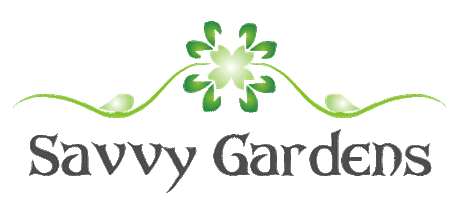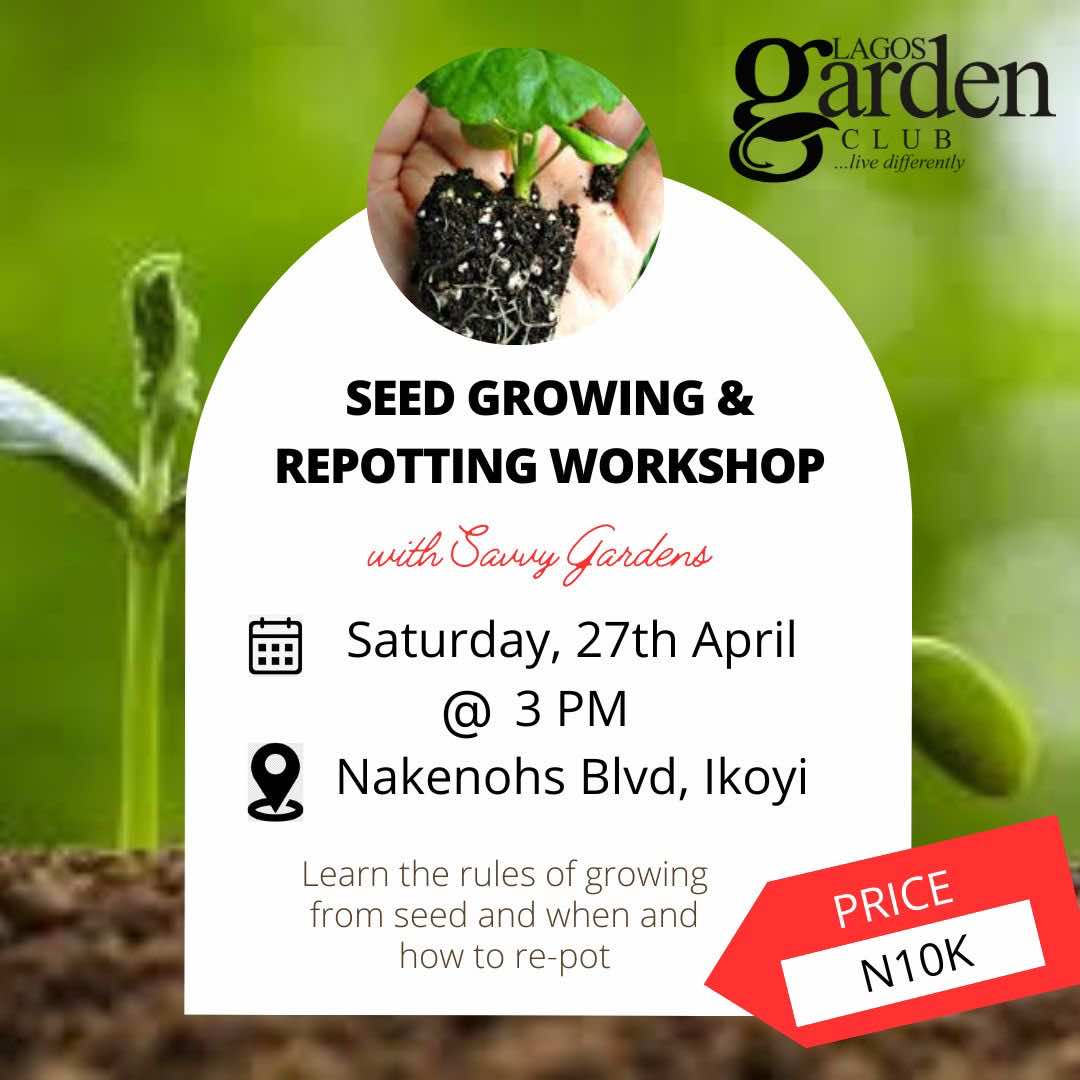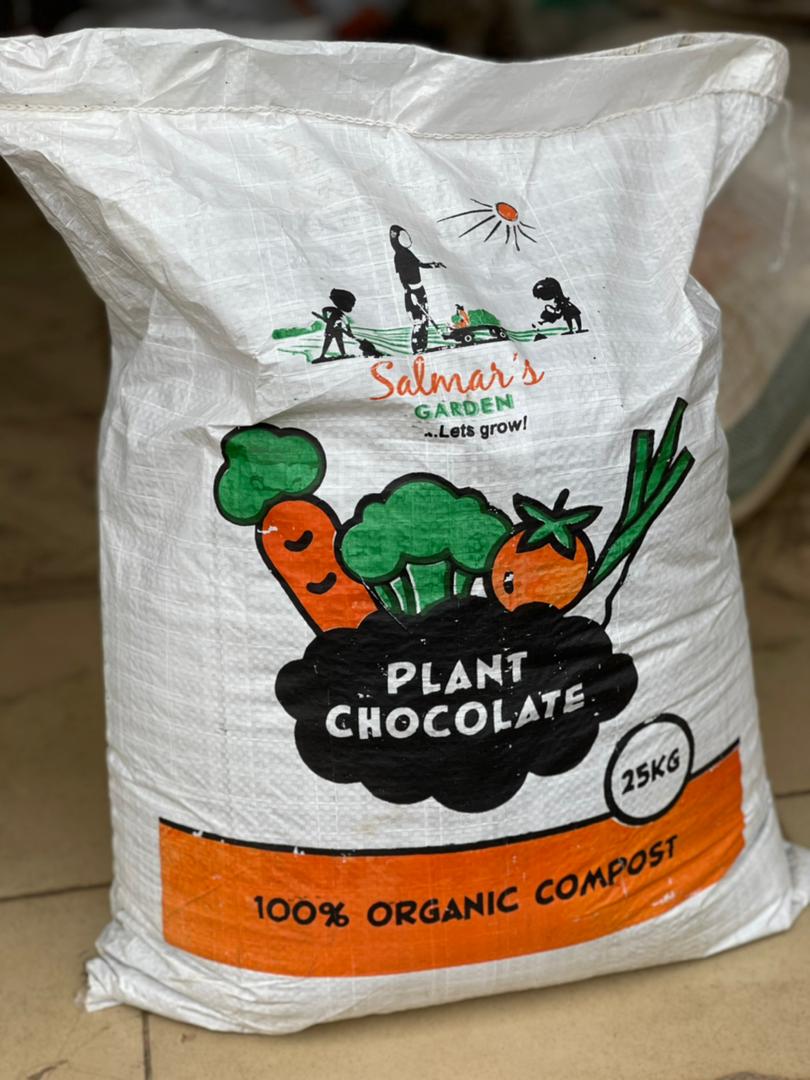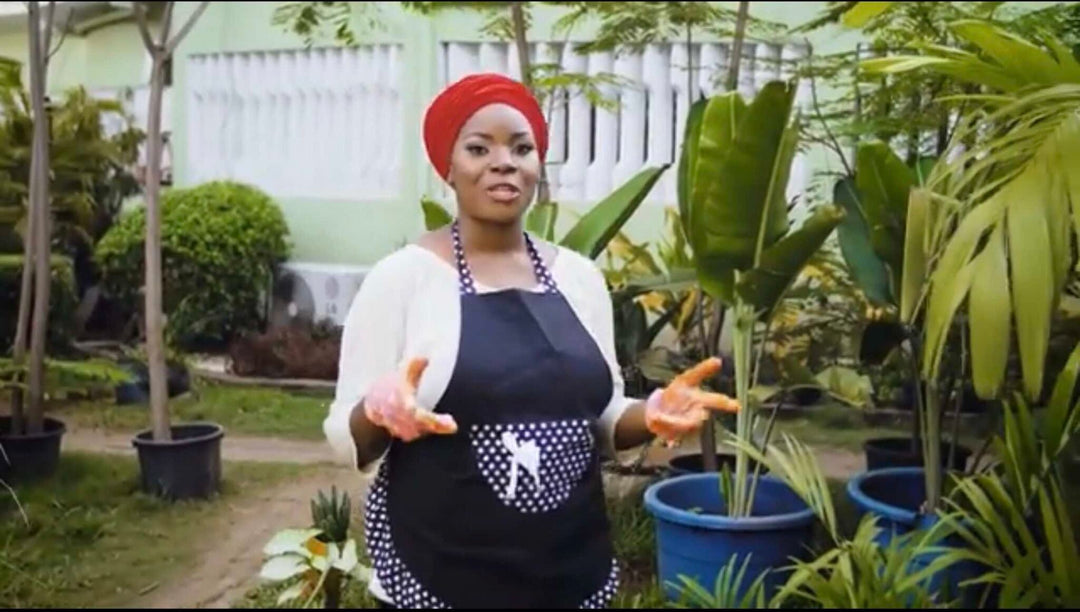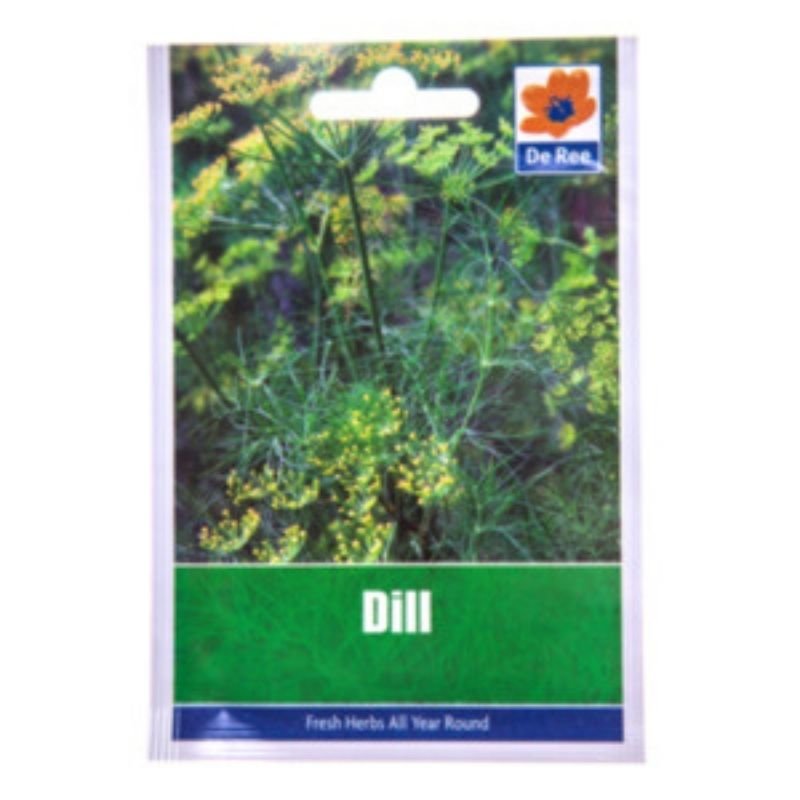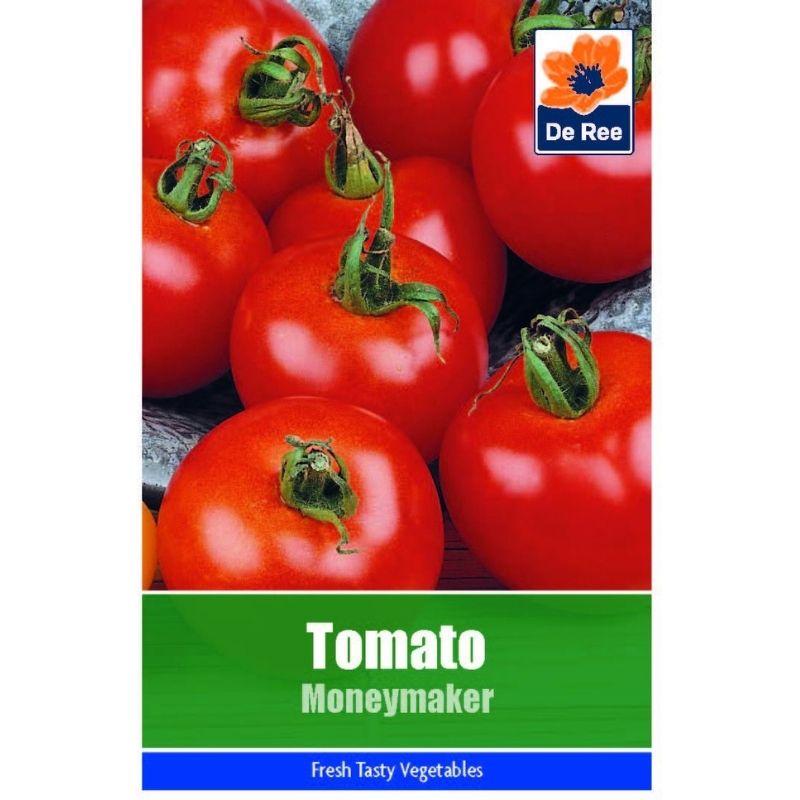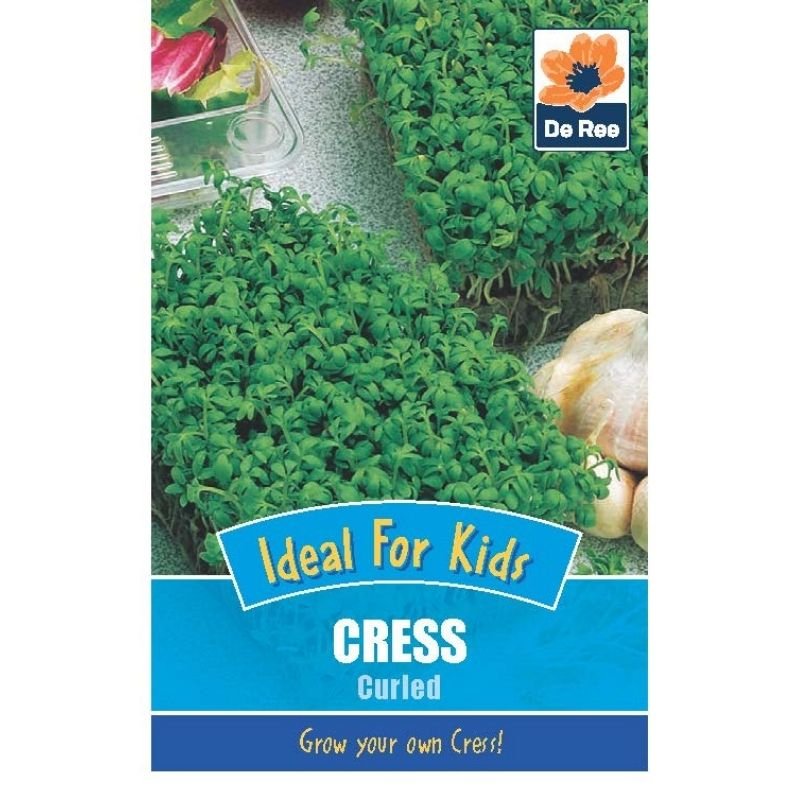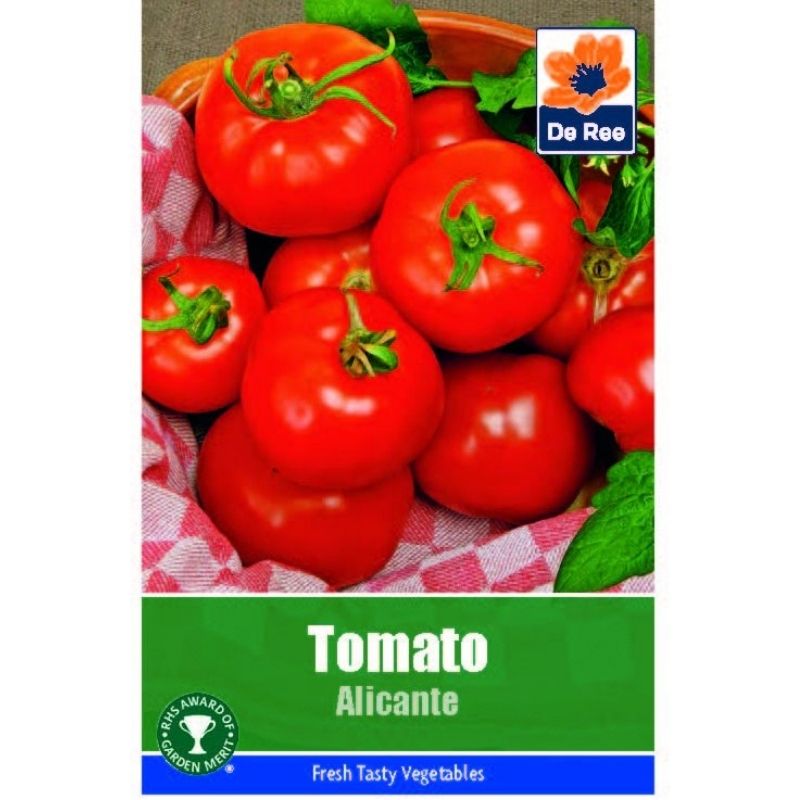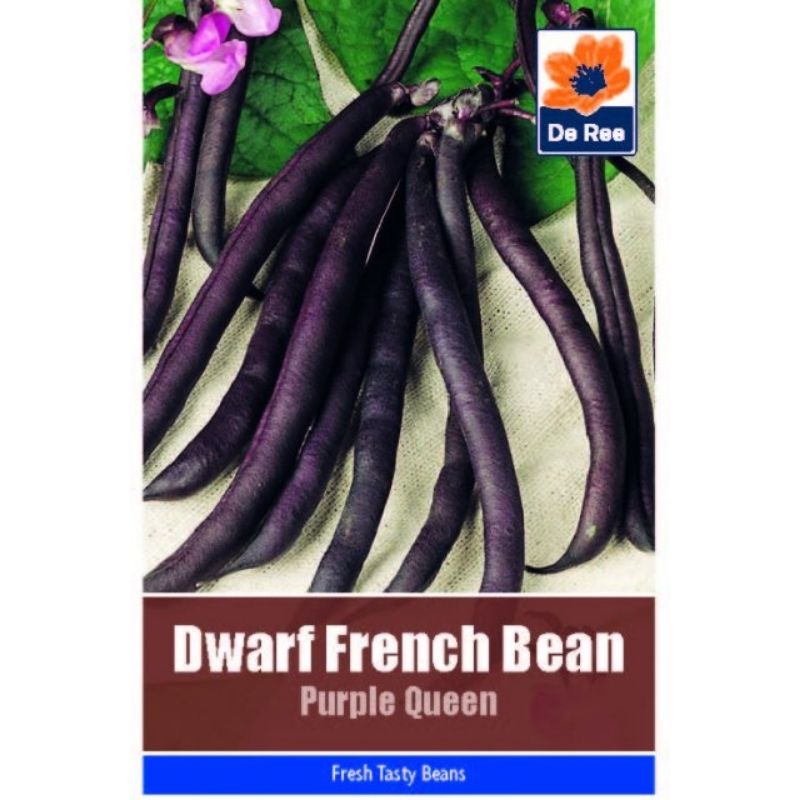Potting Mix
Container or small space gardening is different from backyard gardening in terms of how you prepare the growing medium of your plants. Unlike in an open ground where the soil is abundant, containers can only contain so much soil. This is why you have to put some effort into improving and maintaining the health of your growing medium so it will sustain plant growth.
What Is Potting Mix?
A potting mix is a form of growing media suited explicitly for container gardens and seed germination trays. Compared with normal garden soil, potting mix is enhanced with soil amendments to improve its structure, texture, weight, and fertility. That way, the potting mix will be suitable for the needs of a specific plant.
There are two types of potting mixes known as soil-based and soilless. Every potting mix differs in terms of amendments used and the proportion of materials added per mix.
What Is A Good Potting Mix?

Generally, a good potting mix should bear the following characteristics:
Lightweight
A potting mix is less dense than the regular gardening soil. While it may sometimes contain soil, the mixture is mostly composed of light materials. Soil-based potting mixes shouldEonly have 5 to 10% garden soil.
Drains Well
Since containers can easily get waterlogged, it’s crucial for a potting mix to drain very well. The media must be porous enough to allow water to easily flow in and out of the pot. Materials such as perlite and coarse sand can improve the drainage of a mix.
Holds Water and Nutrients
A good potting mix should have high water retention after watering to prevent drying out too quickly. It should also hold more nutrients for plant consumption. The addition of a combination of compost, coco coir, peat, or vermiculite can help achieve the right level of water and nutrition retention in a mix.
Free of Weeds, Insects, and Diseases
To prevent pests and diseases, potting soil must be clean. What we mean by being clean is that your potting mix must have undergone sterilisation. This is to ensure that pathogens and weed seeds have been killed. You can sterilise soil at home by heating it between 60oC to 85oC for 30 minutes.
Right pH
The normal pH range for nutrients to be available is between 6 (slightly acidic) to 7 (neutral). However, there are plants that are acid-loving. In this case, you have to adjust the mix in order to ensure the right pH appropriate for your plant.
How Can I Make My Own?
Making your own potting mix is always economical and fun. Here’s a simple guide on how to DIY a potting mix:
- Know what type of mix is appropriate to the plant you’re growing. Do your own research and look for soil mix recipes online.
- Buy the materials separately if you can. It’s important to check for labels to know what type of amendment you’re buying. Choose the ones labeled as pathogen and weed seed-free if possible.
- Scoop the materials in parts following the recommended proportion in your recipe. If the garden soil is not sterilized, heat it in between 60oC to 85oC for 30 minutes. You can use an oven or steam or boiling hot water. You may also heat the soil in a pan over a stove and allow to cool. Make sure you monitor the temperature.
- Mix them all together. Feel the texture. Test the pH using a pH meter. Water it thoroughly to test drainage.
- If it satisfies your requirements, then it is ready to use. If not, adjust the mixture accordingly.
